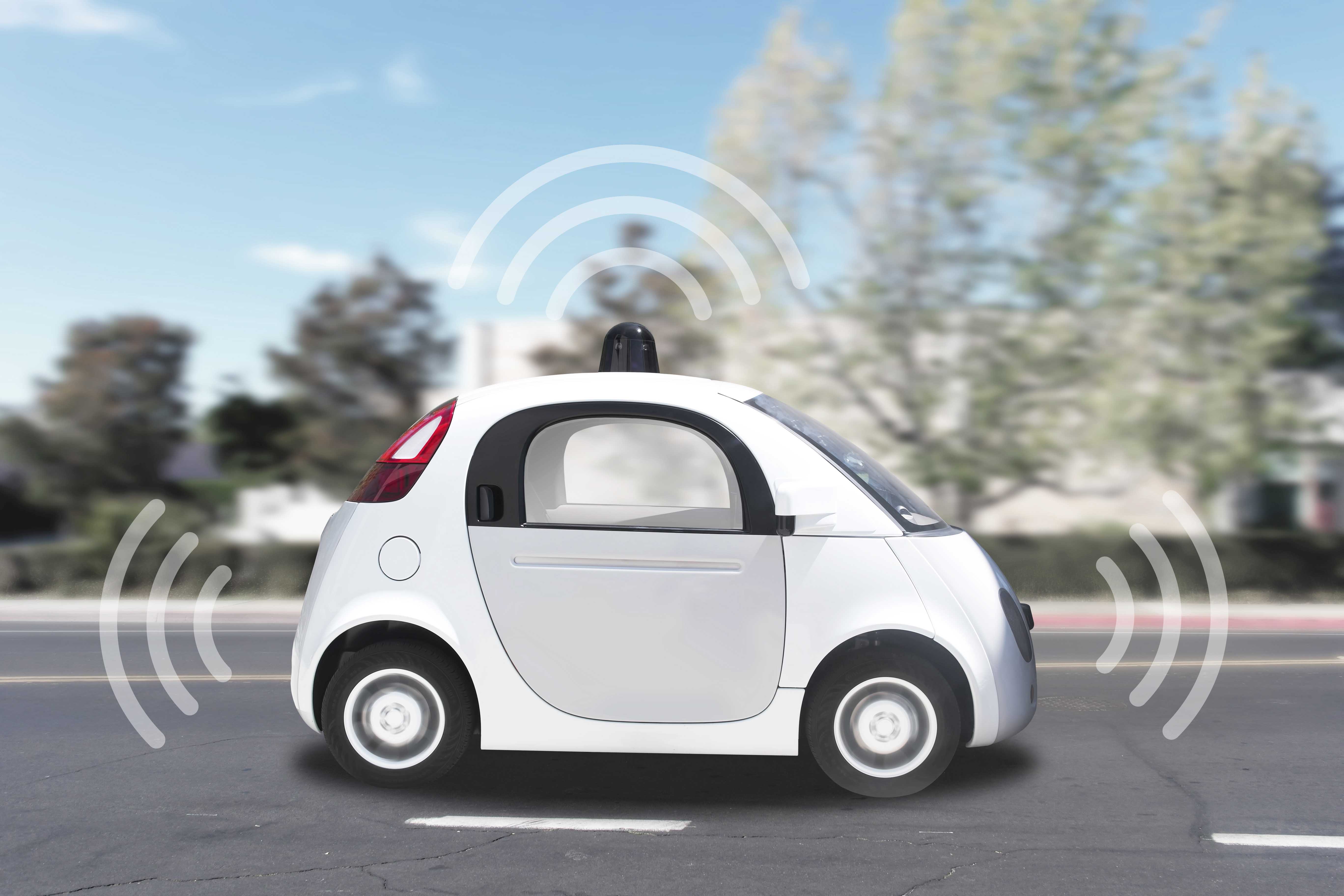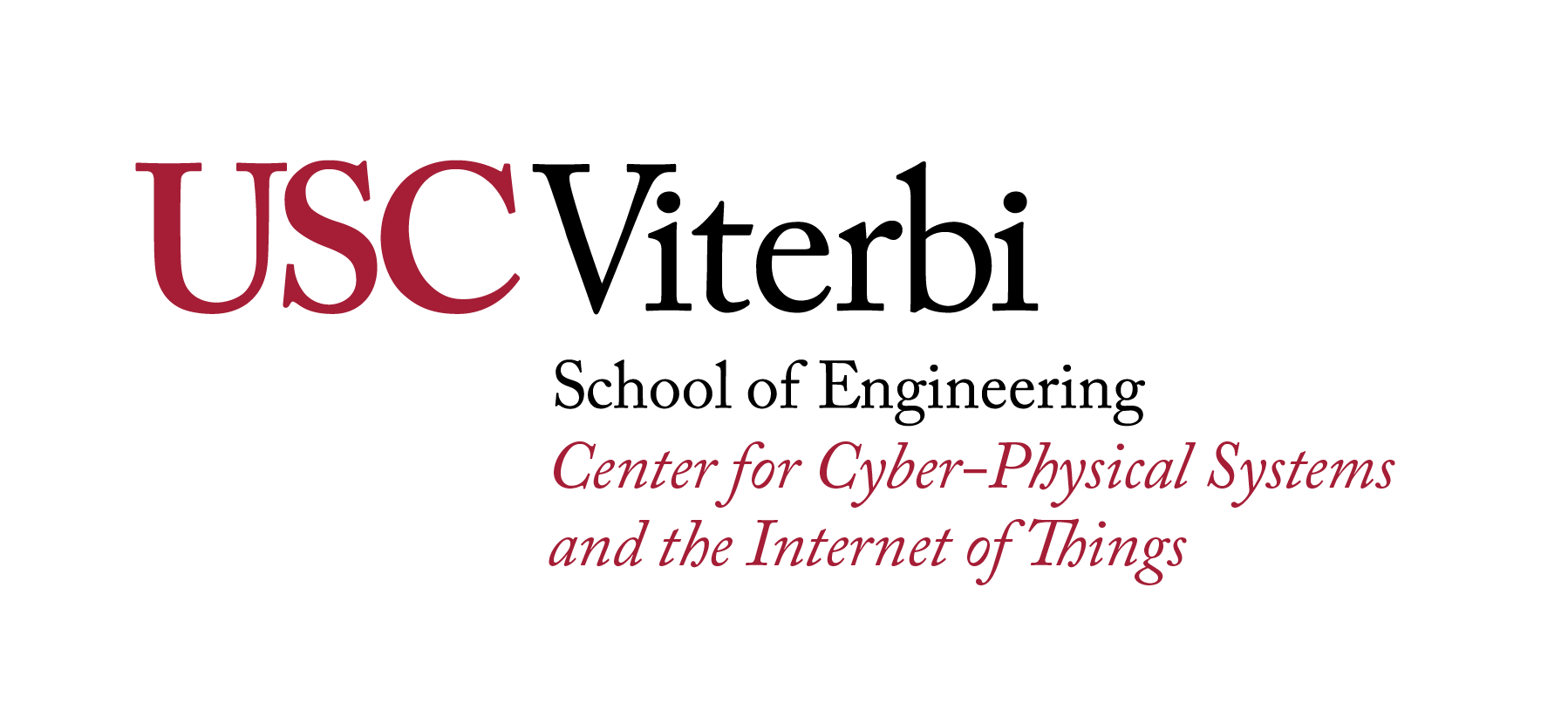Intelligent Intersections Reduce Crashes and Will Support the Safe Introduction of Autonomous Vehicles

Guest Speaker:
Pravin Varaiya — University of California, Berkeley
Wednesday, September 26, 2018
EEB 132
12:00PM
ABSTRACT: Intersections are dangerous. Approximately 40% of all crashes, 50% of serious collisions, and 20% of fatalities occur in intersections. Intersections are challenging due to complex interactions among pedestrians, bicycles and vehicles; absence of lane markings; difficulty in determining who has the right of way; blind spots; and illegal movements (e.g., vehicles running red lights). Many cities in California have developed Vision Zero plans, seeking to eliminate traffic injuries and deaths through physical modifications to the road infrastructure, such as adding bike lanes and refuge islands for pedestrians. However, these modifications can be expensive (e.g., a protected intersection can cost between $250,000 to more than a $1 million dollars) and have mixed safety results.
Autonomous vehicle (AV) manufacturers claim they will prevent 94% of all crashes involving human error. However, the safety performance of AVs today is far below that of human-driven cars. The number of accidents and disengagements per AV mile traveled is 13 to 100 times worse than that of human drivers. The AV fatality rate is equally as bad. AVs find intersections especially challenging; 58 of 66 (88%) AV crashes reported to the California Department of Motor Vehicles (DMV) during 10/2014-4/2018 occurred in intersections.
Crashes in intersections occur because vehicles, pedestrians, and bicyclists are missing critical information. Intelligent intersections can provide this information at a relatively low cost of $25,000 and $100,000 per intersection. Intelligent intersections report the traffic signal from all approaches; predict when the signal phase will change; relay information on blind spots; and predict red light violations before they occur. This information is broadcast via radio received by everyone in the intersection with a smartphone or Bluetooth device.
BIO: Pravin Varaiya is a Professor in the Department of Electrical Engineering and Computer Sciences at the University of California, Berkeley. His current research is devoted to transportation networks and electric energy systems. Varaiya has received the Field Medal of the IEEE Control Systems Society, and the Outstanding Researcher Award of the IEEE Intelligent Transportation Systems Society. He is a Fellow of IEEE, a Fellow of IFAC, a member of the National Academy of Engineering, and a Fellow of the American Academy of Arts and Sciences.
Hosted by: Paul Bogdan
